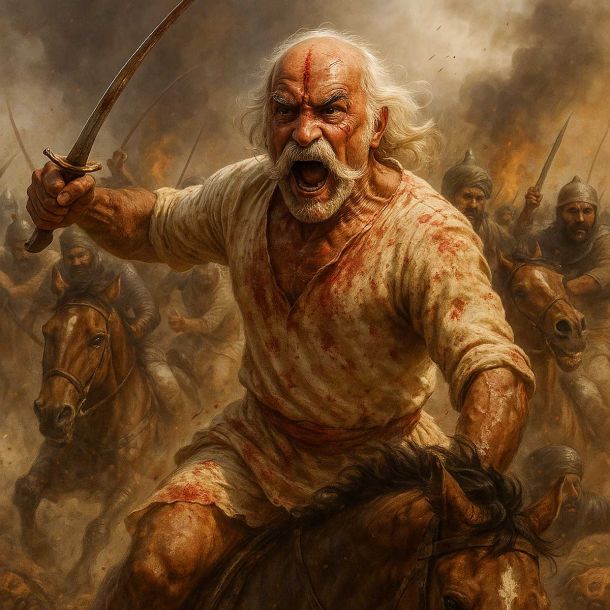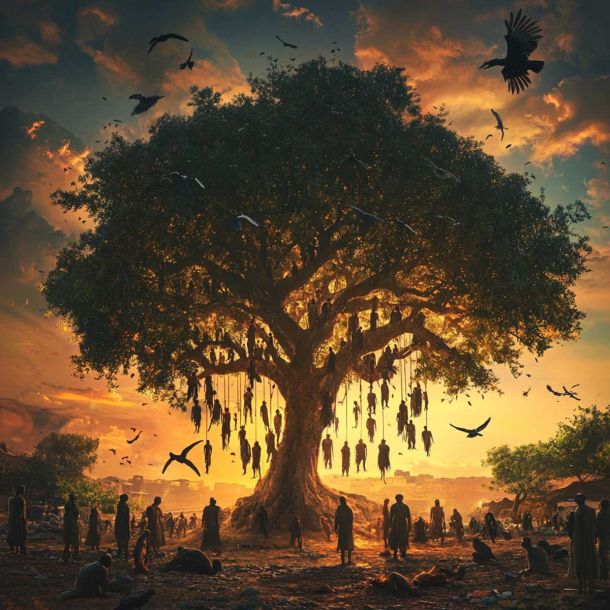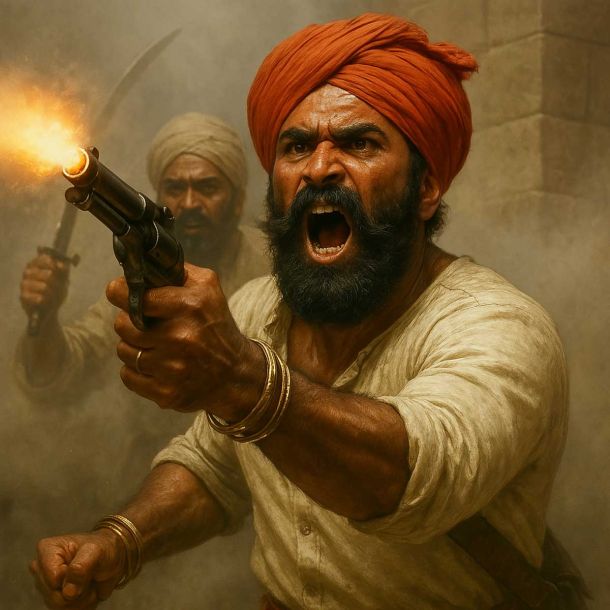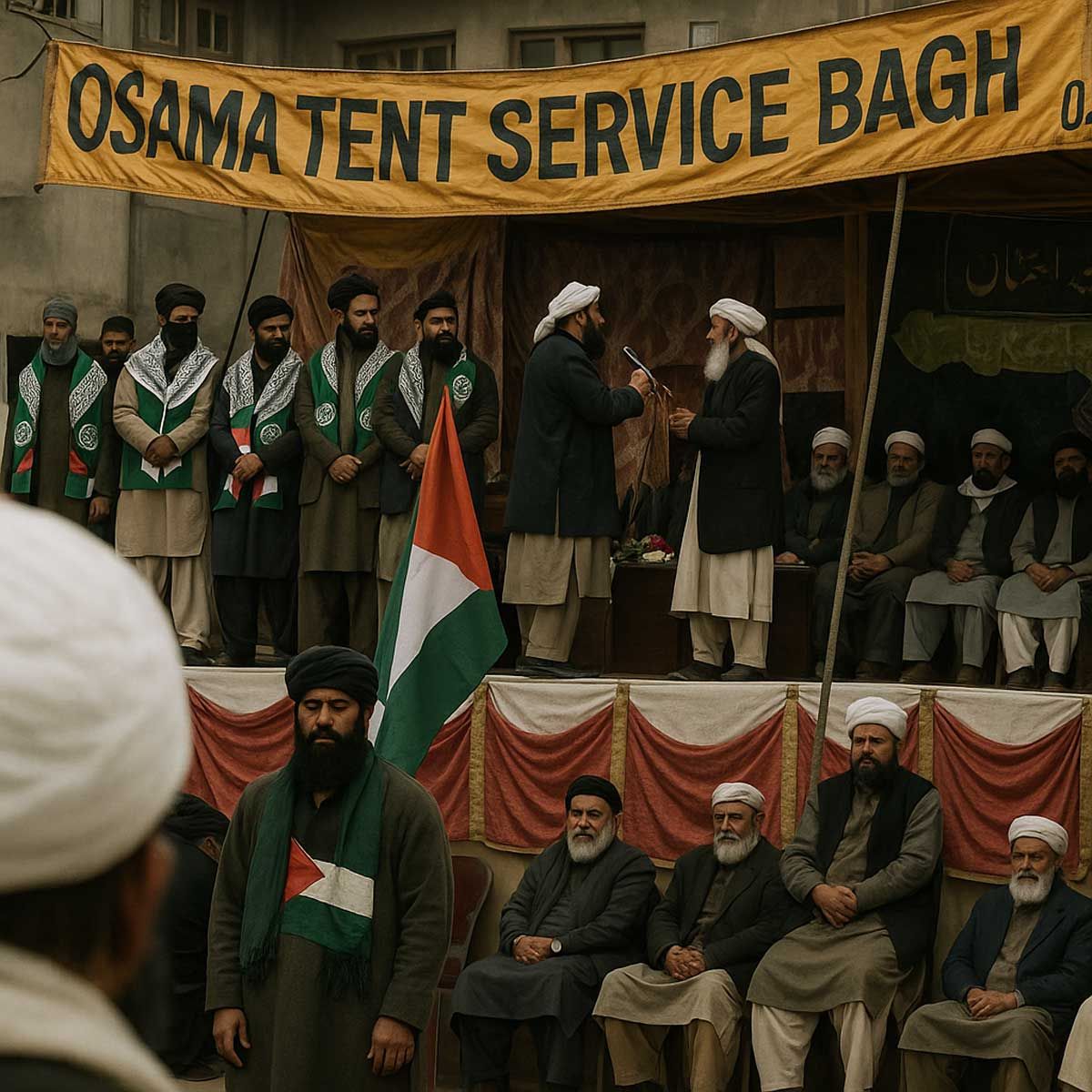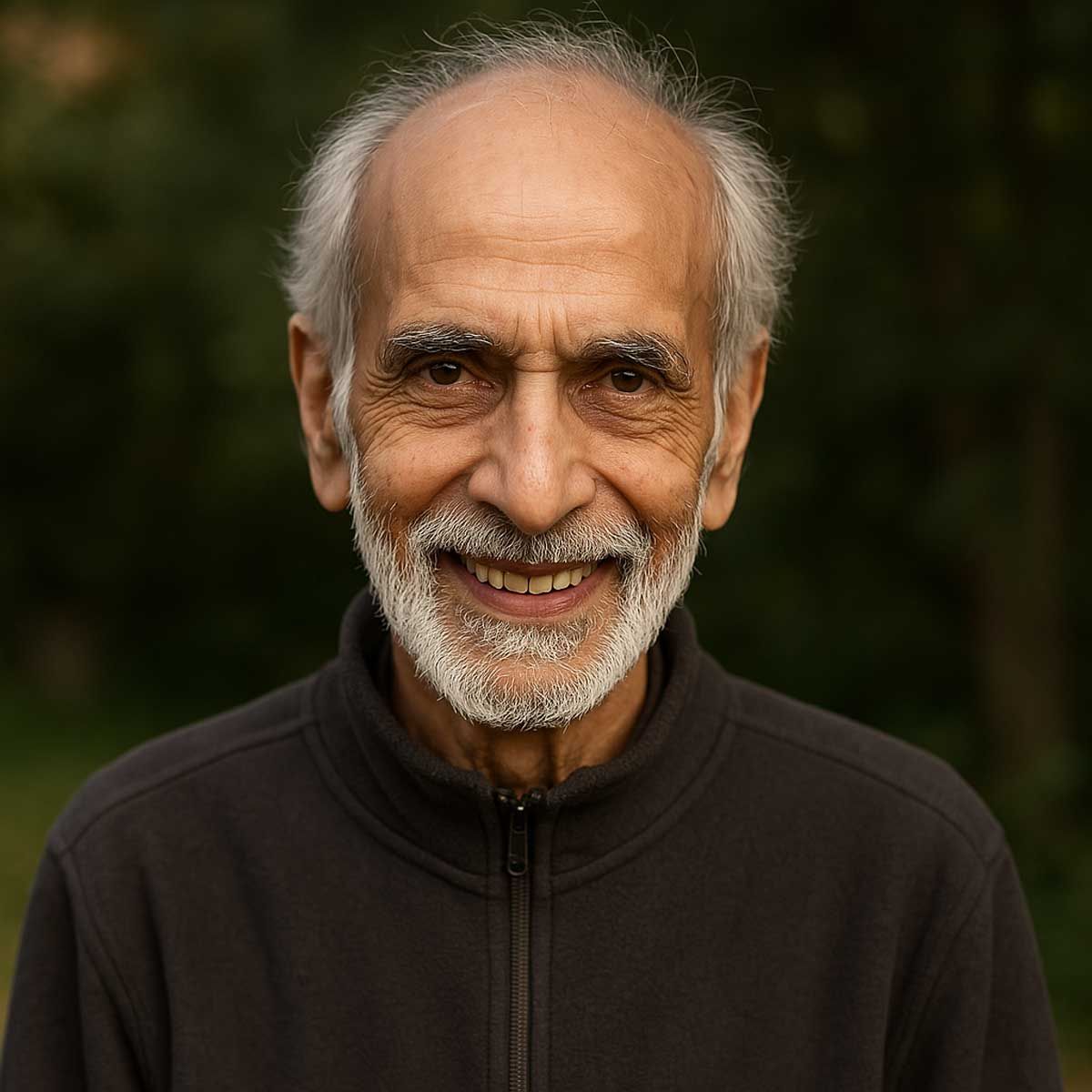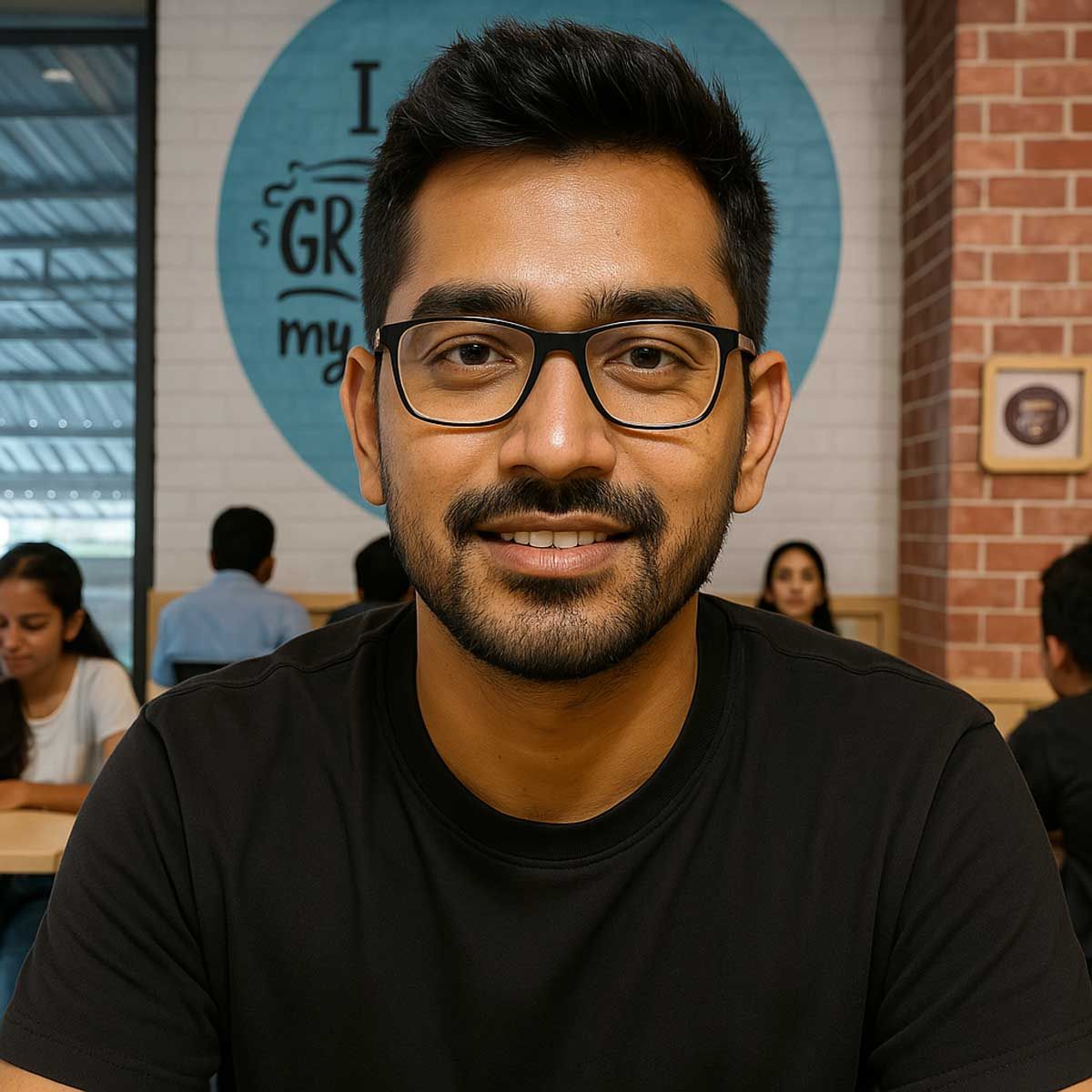Sanatan Articles
Satyaagrah
Written on
Satyaagrah
Written on
Satyaagrah
Written on
Satyaagrah
Written on
Satyaagrah
Written on
JOIN SATYAAGRAH SOCIAL MEDIA
Goa Inquisition and massacre of Native Hindus by Portuguese: A Forgotten Chapter of the Bloody History of the European Colonization of India
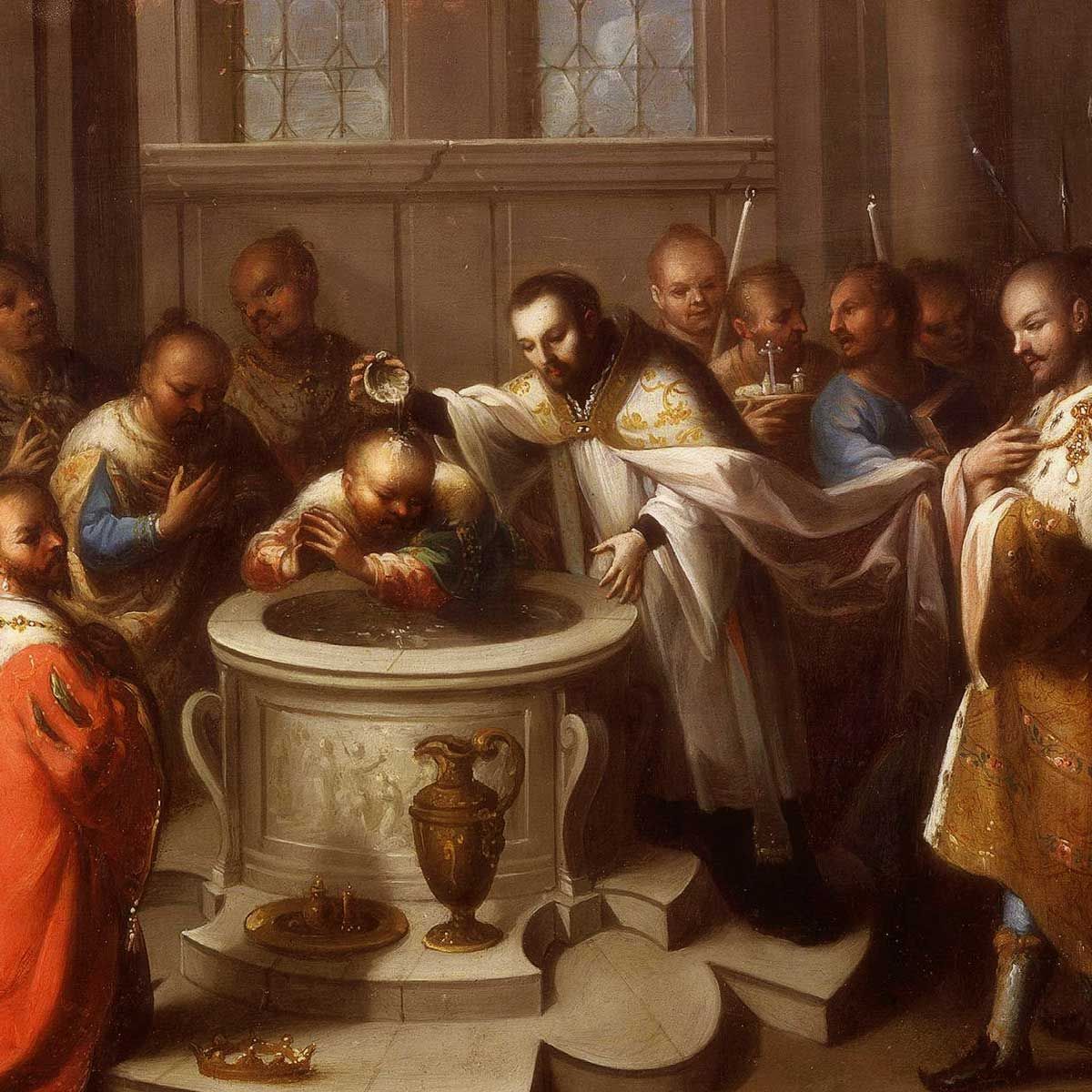
Jesus Christ never said that his Gospel of Love and Care should be spread far and wide around the world through violent means. Unfortunately, in the early centuries and later when European Imperialism took the world by storm, the guardians of Christian faith considered the followers of other faiths across the globes were pagans or heretics. They were against idolatry and, in particular, the one prevailing in India.
They thought the Hindu religion was inferior because the Hindus were worshiping evils and demons in idol forms. When the Europeans gained power and pelf, there developed a nexus between the rulers and religious authorities. The rulers were highly influenced by the religious heads. They pushed scientific explanation and rational thinking to the back seat. As for the preachers, with help from the king, they were more focused on spreading Christianity across the continents, unmindful of using violence against the harmless natives, than improving the spiritual quality of their own people in their countries.
The causality of this unprecedented onslaught on other faiths was the loss of culture, tradition and religious freedom of natives "in their own land" across the world. Among the European countries Spain and Portugal, who initially dominated the sea routes with better navigational skill and sturdy ships, discovered new lands and were hell-bent on spreading Christianity by using fear psychosis. Violence and torture became weapons to spread Roman Catholicism. If Christ were alive to witness such demonic missionaries, engaging in evangelical work with a double-edged sword in one hand and Cross in the other, literally he himself would have become furious and made them sit on the sharp edge of a spear atop the tall iron pole.
The Goa Inquisition was the office of the Inquisition acting in the Indian state of Goa and the rest of the Portuguese empire in Asia. It was established in 1560, briefly suppressed from 1774-1778, and finally abolished in 1812. While its ostensible aim was to preserve the Catholic faith, the Inquisition was used against Indian Catholics and Hindus as an instrument of social control, as well as a method of confiscating victims’ property and enriching the Inquisitors.
The Goa inquisition is regarded by all contemporary portrayals as the most violent inquisition ever executed by the Portuguese Catholic Church. It lasted from 1560 to 1812. The inquisition was set as a tribunal, headed by a judge, sent to Goa from Portugal and was assisted by two judicial henchmen. The judge was answerable to no one except to Lisbon and handed down punishments as he saw fit.
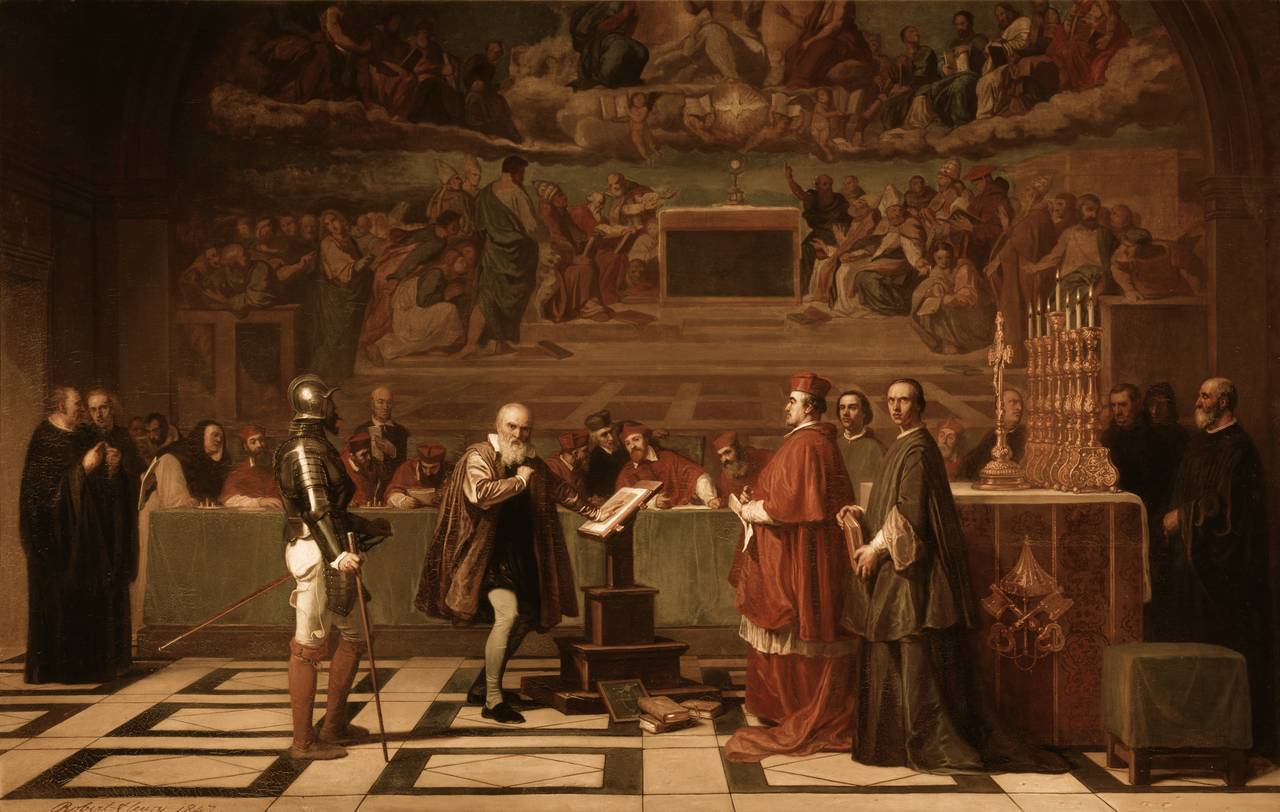 History Medieval Renaissance Inquisition Religion |
The Inquisition Laws filled 230 pages and the palace where the Inquisition was conducted was known as the Big House and the Inquisition proceedings were always conducted behind closed shutters and closed doors. The screams of agony of the culprits (men, women, and children) could be heard in the streets, in the stillness of the night, as they were brutally interrogated, flogged, and slowly dismembered in front of their relatives.
Eyelids were sliced off and extremities were amputated carefully, a person could remain conscious even though the only thing that remained was his torso and a head. Diago de Boarda, a priest and his advisor Vicar General, Miguel Vazz had made a 41 point plan for torturing Hindus. Under this plan Viceroy Antano de Noronha issued in 1566, an order applicable to the entire area under Portuguese rule:
“I hereby order that in any area owned by my master, the king, nobody should construct a Hindu temple and such temples already constructed should not be repaired without my permission. If this order is transgressed, such temples shall be, destroyed and the goods in them shall be used to meet expenses of holy deeds, as punishment of such transgression.”
In 1567 the campaign of destroying temples in Bardez met with success. At the end of it 300 Hindu temples were destroyed. Enacting laws, prohibition was laid from December 4, 1567 on rituals of Hindu marriages, sacred thread wearing and cremation. All the persons above 15 years of age were compelled to listen to Christian preaching, failing which they were punished. In 1583 Hindu temples at Esolna and Kankolim were destroyed through army action.
According to Prof. Pessurlencar, based on information available in the Government archives of Goa, hundreds of temples were destroyed in the 57 villages of Salsete, and 40 villages of Bardez region. Francisco Pais Tombe da ltha de Goa edas Terras de Salsete (1952)gave a list of 156 temples pulled down in Goa in 1549. According to the " History of Christianity in India", 280 temples were destroyed by the Jesuits in Salsete (p 333), and another 300 by the Franciscans in Bardez (p342) as confirmed by Silva Regoalso (p.408). Portuguse did not leave places like Baseen, Bandra, Thana and Bombay where they pulled down countless Hindu temples. They also built the church in the place where they destroyed the Hindu temple. Example: "The Church of Cortalim is erected on the same site where formerly idol of Mangesh was worshiped" A Hindu temple in the Elephenta cave became a chapel. They also converted a Masjid into a church in this region.
The unfortunate fact is a large number of Hindus - native residents of Goa were first converted and then persecuted by the church and the state from 1560 all the way to 1812! The anti- Hindu laws were enacted during Inquisition and often ruthlessly implemented to punish the Hindus, particularly the Brahmins who happened to be guarding the temples and guiding the people to follow the path of righteousness.
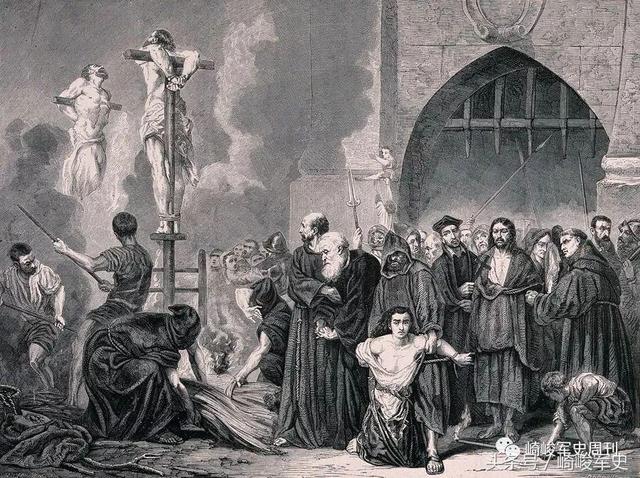 How Hindus were tortured and terrorized by the Portuguse Christian Missionaries |
Most of the records of Goa Inquisition were destroyed after its abolition in 1812, and it is thus impossible to know the exact number of the Inquisition’s victims. Based on the records that survive, H. P. Salomon and I. S. D. Sassoon state that between the Inquisition’s beginning in 1561 and its temporary abolition in 1774, some 16,202 persons were brought to trial by the Inquisition. Of this number, it is known that 57 were sentenced to death and executed in person; another 64 were burned in effigy. Others were subjected to lesser punishments or penanced, but the fate of many of the Inquisition’s victims is unknown.
In Europe, the Goa Inquisition became notorious for its cruelty and use of torture, and the French philosopher Voltaire wrote “Goa is sadly famous for its inquisition, which is contrary to humanity as much as to commerce. The Portuguese monks deluded us into believing that the Indian populace was worshiping The Devil, while it is they who served him.”
The first inquisitors of Goa Inquisition, Aleixo Dias Falcão and Francisco Marques, established themselves in the palace once occupied by Goa’s Islamic sultan, forcing the Portuguese viceroy to relocate to a smaller residence. The inquisitor’s first act was to forbid any open practice of the Hindu faith on pain of death. Sephardic Jews living in Goa, many of whom had fled the Iberian Peninsula to escape the excesses of the Spanish Inquisition to begin with, were also persecuted. The narrative of Da Fonseca describes the violence and brutality of the inquisition. The records speak of the necessity for hundreds of prison cells to accommodate fresh victims. Seventy-one “autos da fe” were recorded. In the first few years alone, over 4000 people were arrested, with 121 people burnt alive at the stake.
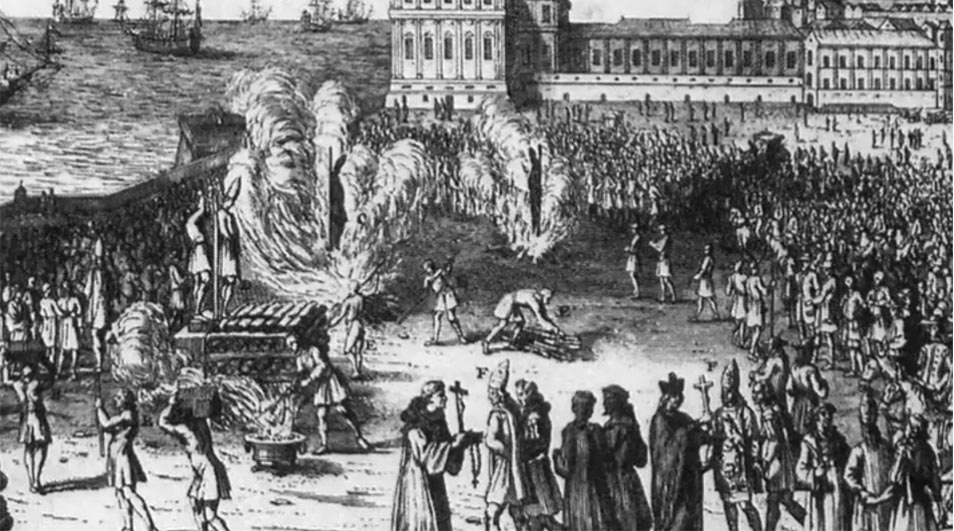 |
At least from 1540 onwards, and in the island of Goa before that year, all the Hindu idols had been annihilated or had disappeared, all the temples had been destroyed and their sites and building material was in most cases utilized to erect new Christian Churches and chapels. Various viceregal and Church council decrees banished the Hindu priests from the Portuguese territories; the public practices of Hindu rites including marriage rites, were banned; the state took upon itself the task of bringing up Hindu orphan children; the Hindus were denied certain employments, while the Christians were preferred; it was ensured that the Hindus would not harass those who became Christians, and on the contrary, the Hindus were obliged to assemble periodically in Churches to listen to preaching or to the refutation of their religion.” Christian historian: Dr. T. R. de Souza
“A particularly grave abuse was practiced in Goa in the form of ‘mass baptism’ and what went before it. The practice was begun by the Jesuits and was alter initiated by the Franciscans also. The Jesuits staged an annual mass baptism on the Feast of the Conversion of St. Paul (January 25), and in order to secure as many neophytes as possible, a few days before the ceremony the Jesuits would go through the streets of the Hindu quarter in pairs, accompanied by their Negro slaves, whom they would urge to seize the Hindus. When the blacks caught up a fugitive, they would smear his lips with a piece of beef, making him an ‘untouchable’ among his people. Conversion to Christianity was then his only option.”
A religious fatva was issued on the basis of the findings of Goa Inquiry Commission. It stated, “…Hereby we declare the decision that the conventions mentioned in the preamble of the fatva as stated below are permanently declared as useless, and therefore prohibited”.
Under the Goa Inquisition, Hindus of Goa were prohibited from following rituals.
Prohibitions Regarding Marriages
- The instruments for Hindu songs shall not be played
- While giving dowry the relatives of the bride and groom must not be invited
- At the time of marriage, betel leaf packages (pan) must not be distributed either publicly or in private to the persons present
- Flowers, or fried puris, betel nuts and leaves must not be sent to the heads of the houses of the bride or groom
- Gotraj ceremony of family God must not be performed
- On the day prior to a wedding, rice must not be husked, spices must not be pounded, grains must not be ground and other recipes for marriage feast must not be cooked.
- Pandals and festoons must not be used
- Pithi should not be applied
- The bride must not be accorded ceremonial welcome. The bride and groom must not -be made to sit under pandal to convey blessings and best wishes to them.
Prohibitions Regarding Fasts, Post-death Rituals
- The poor must not be fed or ceremonial meals must not be served for the peace of the souls of the dead
- There should be no fasting on ekadashi day
- Fasting can be done according to the Christian principles
- No rituals should be performed on the twelfth day after death, on moonless and full moon dates
- No fasting should be done during lunar eclipse
Conventions
- Hindu men should not wear dhoti either in public or in their houses. Women should not wear cholis
- They should not plant Tulsi in their houses, compounds, gardens or any other place
- Following the law of 1567, orphans were kidnapped for converting them to Christianity
On September 22, 1570 an order was issued that:
- The Hindus embracing Christianity will be exempted from land taxes for a period of 15 years
- Nobody shall bear Hindu names or surnames
“The fathers of the Church forbade the Hindus under terrible penalties the use of their own sacred books, and prevented them from all exercise of their religion. They destroyed their temples, and so harassed and interfered with the people that they abandoned the city in large numbers, refusing to remain any longer in a place where they had no liberty, and were liable to imprisonment, torture and death if they worshipped after their own fashion the gods of their fathers.” wrote Sasetti, who was in India from 1578 to 1588.
An order was issued in June 1684 eliminating Konkani language and making it compulsory to speak Portuguese language. The law of Goa Inquisition provided for dealing toughly with anyone using the local language. Following that law all the symbols of non-Christian sects were destroyed and the books written in local languages were burnt.
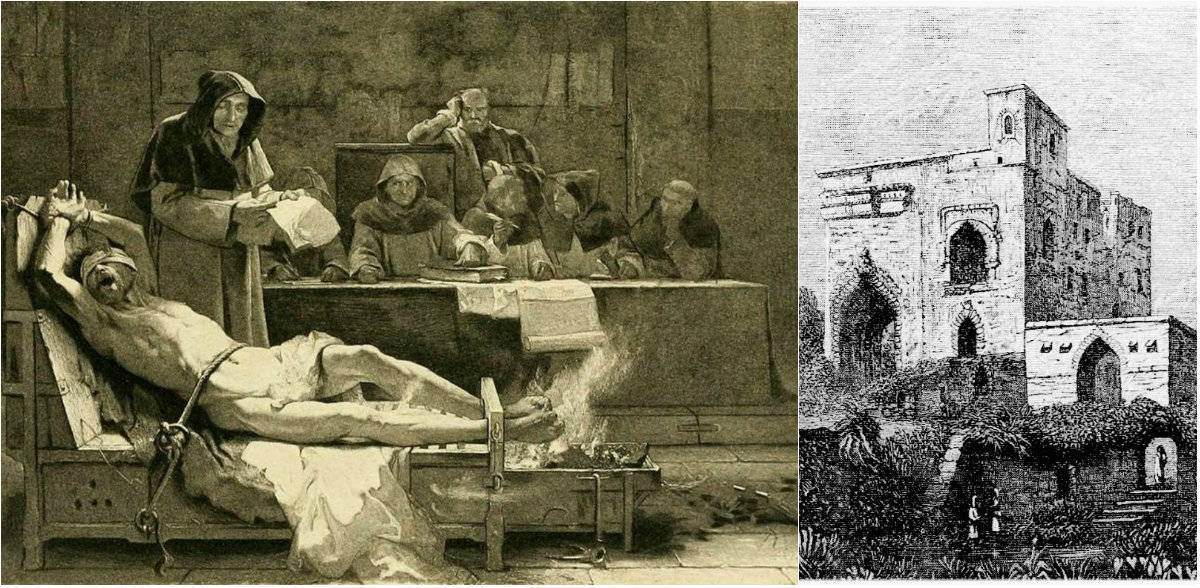 |
The Archbishop living on the banks of the Ethora had said during one of his lecture series, “The post of Inquiry Commission in Goa is regarded as holy.” The women who opposed the assistants of the commission were put behind the bars and were used by them to satisfy their animal instincts. Then they were burnt alive as opponents of the established tenets of the Catholic church.
The victims of such inhuman laws of the Inquiry Commission included a French traveller named Delone. He was an eye witness to the atrocities, cruelty and reign of terror unleashed by priests. He published a book in 1687 describing the lot of helpless victims. While he was in jail he had heard the cries of tortured people beaten with instruments having sharp teeth. All these details are noted in Delone’s book.
So harsh and notorious was the Goa inquisition, that word of its brutality and horrors reached Lisbon but nothing was done to stop this notoriety and escalating barbarity and it continued for two hundred more years. Nobody knows the exact number of Goans subjected to these diabolical tortures, but perhaps it runs into hundreds of thousands, may be even more. The abominations of inquisitions continued until a brief respite was given in 1774 but four years later, the inquisition was introduced again and it continued un-interruptedly until 1812.
At that point in time, in the year of 1812, the British put pressure on the Portuguese to put an end to the terror of Inquisition and the presence of British troops in Goa enforced the British desire. Also the Portuguese power at this time was declining and they could not fight the British.
The palace of the Grand Inquisitor, the Big House, was demolished and no trace of it remains today, which might remind someone of inquisitions and the horrors inside this Big House that their great saint Francis Xavier had commenced.
Dr. Trasta Breganka Kunha, a Catholic citizen of Goa writes, “Inspite of all the mutilations and concealment of history, it remains an undoubted fact that religious conversion of Goans is due to methods of force adopted by the Portuguese to establish their rule. As a result of this violence the character of our people was destroyed. The propagation of Christian sect in Goa came about not by religious preaching but through the methods of violence and pressure. If any evidence is needed for this fact, we can obtain it through law books, orders and reports of the local rulers of that time and also from the most dependable documents of the Christian sect."
On the topic of “whitewashing history”, there is much to be learnt from the way no mention is made in our history book of the Portuguese Inquisition in Goa. Three hundred years, from the mid-1500s, were spent on torturing Hindus and Muslims selected by the Grand Inquisitor. The methods of torture were inhuman, and designed to inflict the maximal pain.
 |
It was the Portuguese Colonialism that introduced violence and mayhem in Goa and Kerala in the 16th and 17th centuries and disturbed the tranquility and peace of mind of the natives all in the name of religion. Until they made their exit in the 1960s from Goa, Portugal remained a rogue nation.
"Christianity is the most ridiculous, the most absurd and bloody religion that has ever infected the world". - Voltaire (French Philosopher, 1694-1778)
James Madison (American Statesman, 1751-1836, Co-Author Declaration of Independence) declared in 1810 "during almost fifteen centuries has the legal establishment of Christianity been on trial. What have been its fruits? More or less, in all places, pride and indolence in the clergy; ignorance and servility in the laity; in both, superstition, bigotry, and persecution".
For further reading: Atrocities on Hindus by Christian Missionaries in Goa by Dr K.V. Paliwal, published by Hindu Writers’ forum Brutality and Destruction by the Portugese in Malabar and Goa and The Goa Inquisition by Mr A. K Priolkar, published by Voice of India,
References:
The Goa Inquisition, Dr. Teotonio R de Souza
The Goa Inquisition: The Terrible Tribunal for the East, Anant Kakba Priolkar
Goa Inquisition.
blogs.ivarta.com
http://slideplayer.com/slide/4428766/
http://www.rediff.com/news/2005/sep/14inter1.html
 Support Us
Support Us
Satyagraha was born from the heart of our land, with an undying aim to unveil the true essence of Bharat. It seeks to illuminate the hidden tales of our valiant freedom fighters and the rich chronicles that haven't yet sung their complete melody in the mainstream.
While platforms like NDTV and 'The Wire' effortlessly garner funds under the banner of safeguarding democracy, we at Satyagraha walk a different path. Our strength and resonance come from you. In this journey to weave a stronger Bharat, every little contribution amplifies our voice. Let's come together, contribute as you can, and champion the true spirit of our nation.
 |  |  |
| ICICI Bank of Satyaagrah | Razorpay Bank of Satyaagrah | PayPal Bank of Satyaagrah - For International Payments |
If all above doesn't work, then try the LINK below:
Please share the article on other platforms
DISCLAIMER: The author is solely responsible for the views expressed in this article. The author carries the responsibility for citing and/or licensing of images utilized within the text. The website also frequently uses non-commercial images for representational purposes only in line with the article. We are not responsible for the authenticity of such images. If some images have a copyright issue, we request the person/entity to contact us at This email address is being protected from spambots. You need JavaScript enabled to view it. and we will take the necessary actions to resolve the issue.
Related Articles
- Moplah Genocide of the Malabar Hindus, 1921: Thousands of Hindus slaughtered
- A Missionary Sacred Heart Higher Secondary School continuously pressurized a student to convert to Christianity to continue her study: 12th standard girl Lavanya ends life by committing suicide in Tamil Nadu
- Ban this book "Hindu View of Christianity and Islam" by Ram Swarup - Freedom of Expression
- India – The ‘Church Planting’ Garden
- Christian Missionaries using new techniques of ‘inculturation’ to ‘indoctrination’ to convert Hindus
- The Residue of Christianism - Hindu Society Under Siege
- The Islamic Doctrine of Permanent War: Jihãd and Religious Riot
- Missionaries converted over 1 lakh people amidst the pandemic, claims to have planted more churches than all the 25 years of their work in India
- Why Hindu-Sikh genocide of Mirpur in 1947 ignored? Why inhuman crimes of Radical Islamists always hidden in India?
- Makarpura police registers FIR against Mother Teresa's exposed Missionaries Conversion racket in Gujrat
- ‘Justice for Lavanya’ takes a national spotlight, BJP insists CBI enquiry, bats for a law against forceful conversions in Tamil Nadu: Media conveniently ignored Lavanya suicide in the mainstream narratives
- Christian evangelists threatens Tamil Nadu RSS worker Ganesh Babu with bogus charges under SC/ST Act for complaining against religious conversions
- Saint Teresa, who was no saint: The dark side of not so pious history of Mother Teresa
- Saint or Sadist: Reality check of saint of the gutters Mother Teresa
- The Residue of Islamism - Hindu Society Under Siege

